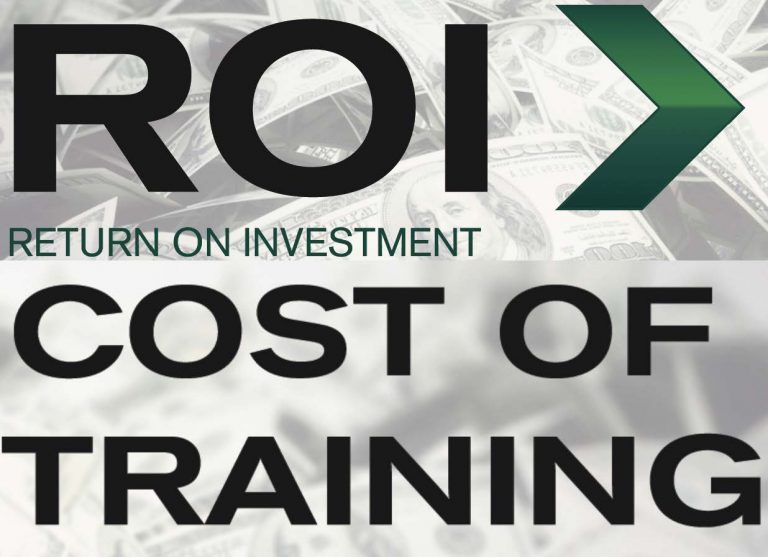
In today’s fast-paced and diverse workplace, effective leadership is the linchpin that can spell the difference between success and failure. But what happens when leadership goes awry?
One of our recent podcast guests, Eric Harkins, speaks to the profound impact of poor leadership choices and highlights the importance of recognizing and rectifying bad leadership behavior, in his book: Great Leaders Make Sure Monday Morning Doesn’t Suck
Are there toxic behaviors to address? Every leader, regardless of experience, can fall into the trap of toxic behaviors. These are not just occasional blunders but recurring patterns that adversely affect teams. Traits such as micromanaging, favoritism, or a lack of transparency can quickly erode the very foundation of trust and engagement that teams are built upon.
Leaders need to exercise self-awareness. This means continuously questioning their approach and its effects on the team. Recognizing these patterns early allows leaders to pivot their style and proactively forge a supportive and empowering team culture.
What blind spots and biases exist? No one is immune to biases, and leaders, despite their position, are no different. These inherent biases can manifest in decision-making processes, skewing communication and potentially creating a divisive workplace environment.
The antidote? A culture of openness and consistent feedback. By actively seeking out diverse perspectives and encouraging an environment where all voices are valued, leaders can counteract their biases. Furthermore, consistent self-education on biases, discrimination, and inclusive leadership practices can go a long way in ensuring balanced leadership.
Check out the episode here:














